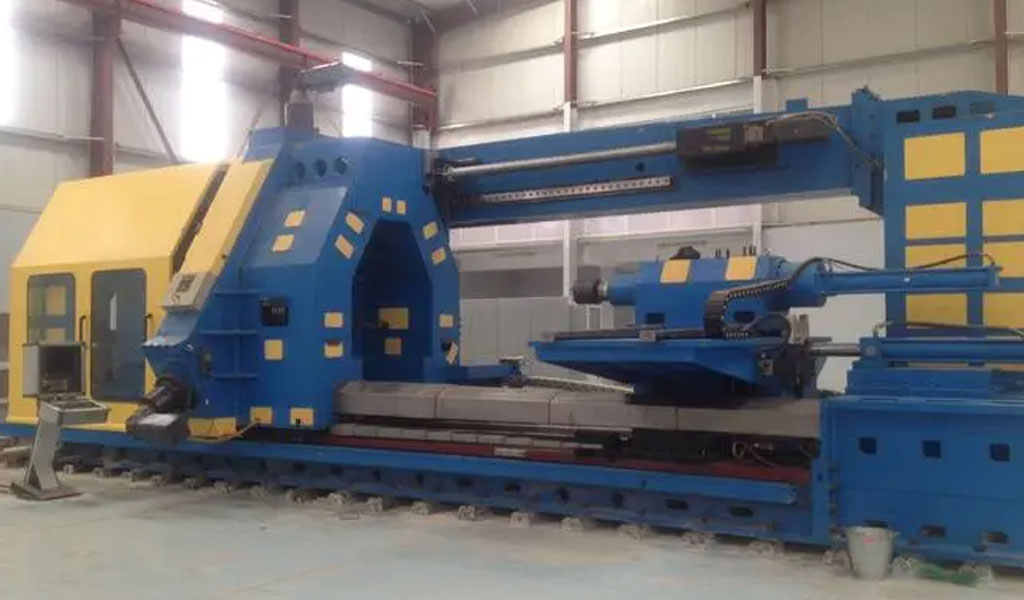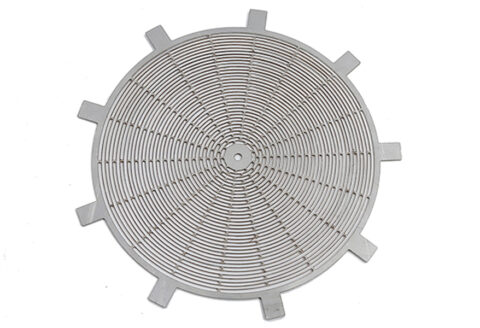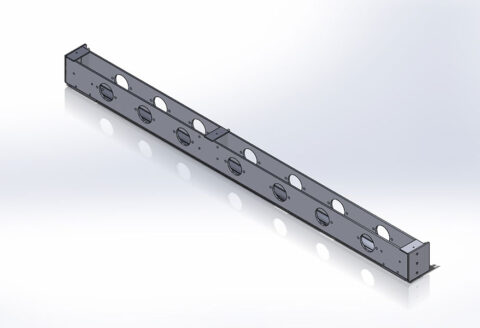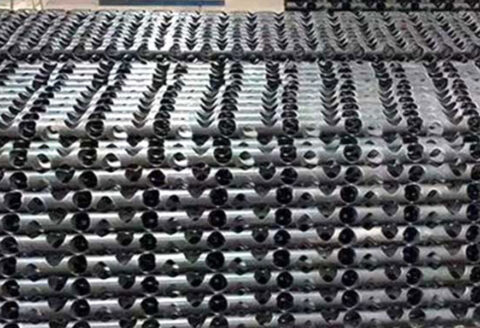
In the realm of manufacturing, precision, efficiency, and versatility are paramount. To achieve these goals, innovative techniques and technologies are constantly being developed. Two such methods, 3D laser cutting and CNC spinning, have emerged as powerful tools for creating complex and intricate components. While they may seem distinct at first glance, when combined, they offer a synergistic approach that can significantly enhance manufacturing capabilities.
3D Laser Cutting: A Precision Tool
3D laser cutting is a manufacturing process that utilizes a focused laser beam to cut or etch material with exceptional precision. The laser beam is guided by computer numerical control (CNC) software, allowing for intricate and complex designs to be realized. The process is highly versatile, capable of working with a wide range of materials, including metals, plastics, and even wood.
Key characteristics of 3D laser cutting include:
- Precision: The laser beam can be focused to a very small spot, enabling highly accurate cuts and intricate details.
- Versatility: The process can be used to cut a wide variety of materials, from thin sheets to thick blocks.
- Efficiency: The laser can cut quickly and efficiently, reducing manufacturing time and costs.
- Non-contact: The laser beam does not physically touch the material, minimizing the risk of damage or tool wear.
Common applications of 3D laser cutting include:
- Prototyping: Creating rapid prototypes from 3D CAD models.
- Manufacturing: Producing complex components for industries such as aerospace, automotive, and medical.
- Art and design: Creating unique and intricate pieces for artistic expression.
CNC Spinning: Shaping the Impossible
CNC spinning is a metalworking process that involves forming sheet metal into complex shapes by rotating it against a forming tool. 1 The process is controlled by CNC software, allowing for precise and consistent results. CNC spinning is particularly well-suited for creating cylindrical or conical shapes, such as bowls, vases, and lampshades.
Key characteristics of CNC spinning include:
- Versatility: Can create a wide range of shapes and sizes.
- Precision: CNC control ensures high accuracy and consistency.
- Efficiency: Can produce large quantities of parts quickly and efficiently.
- Material flexibility: Can be used with various metals, including aluminum, copper, and steel.
Common applications of CNC spinning include:
- Automotive components: Creating parts such as exhaust tips, air ducts, and instrument panels.
- Home goods: Producing items such as bowls, vases, and decorative objects.
- Industrial components: Manufacturing parts for machinery and equipment.
The Synergistic Combination: 3D Laser Cutting and CNC Spinning
While 3D laser cutting and CNC spinning are powerful tools in their own right, their combined use can create even more remarkable outcomes. By leveraging the precision of laser cutting and the forming capabilities of CNC spinning, manufacturers can produce complex and intricate components that would be difficult or impossible to achieve using traditional methods.
Key benefits of combining 3D laser cutting and CNC spinning include:
- Enhanced design flexibility: The ability to create complex shapes with intricate details.
- Improved efficiency: Reduced manufacturing time and costs through streamlined processes.
- Increased precision: Greater accuracy and consistency in the final product.
- Expanded material options: The ability to work with a wider range of materials.
Common applications of the combined process include:
- Aerospace components: Creating highly complex and precise parts for aircraft and spacecraft.
- Medical devices: Producing intricate components for surgical instruments and implants.
- Automotive parts: Manufacturing custom and high-performance components.
- Art and design: Creating unique and visually stunning pieces.
The Process: A Step-by-Step Guide
The process of combining 3D laser cutting and CNC spinning typically involves the following steps:
- Design: Create a 3D CAD model of the desired component.
- Laser cutting: Use a 3D laser cutter to produce the initial shape or blank for the component.
- CNC spinning: Place the laser-cut blank on a CNC spinning machine and form it into the desired shape.
- Finishing: Perform any necessary finishing operations, such as polishing or plating.
Case Studies: Real-World Applications
To illustrate the power of combining 3D laser cutting and CNC spinning, let’s examine a few real-world case studies:
1. Aerospace Components: A leading aerospace manufacturer used 3D laser cutting and CNC spinning to produce a highly complex fuel nozzle for a new rocket engine. The laser cutter was used to create the intricate internal channels, while the CNC spinning machine formed the outer shell. The combined process resulted in a component that was both lightweight and highly durable.
2. Medical Devices: A medical device company used 3D laser cutting and CNC spinning to produce a custom-made surgical implant for a patient with a rare bone condition. The laser cutter was used to create the intricate bone structure, while the CNC spinning machine formed the outer surface. The implant provided a precise fit and improved the patient’s quality of life.
3. Automotive Parts: A high-performance car manufacturer used 3D laser cutting and CNC spinning to produce a custom exhaust manifold. The laser cutter was used to create the complex internal passages, while the CNC spinning machine formed the outer shell. The resulting manifold improved engine performance and reduced emissions.
Challenges and Future Developments
While the combination of 3D laser cutting and CNC spinning offers significant benefits, there are also challenges that must be addressed. These include:
- Material compatibility: Ensuring that the materials used for laser cutting and spinning are compatible with each other.
- Process optimization: Developing efficient and cost-effective workflows for combining the two processes.
- Equipment investment: The initial cost of purchasing and maintaining 3D laser cutting and CNC spinning equipment can be significant.
Despite these challenges, the future of 3D laser cutting and CNC spinning looks bright. As technology continues to advance, we can expect to see even more innovative applications and advancements in this synergistic approach to manufacturing.


